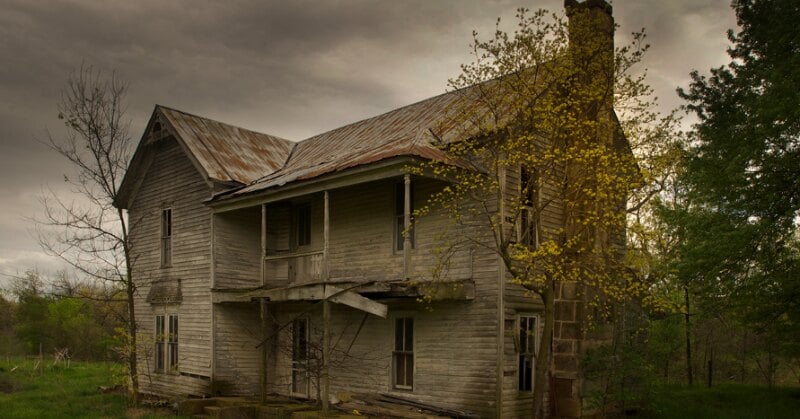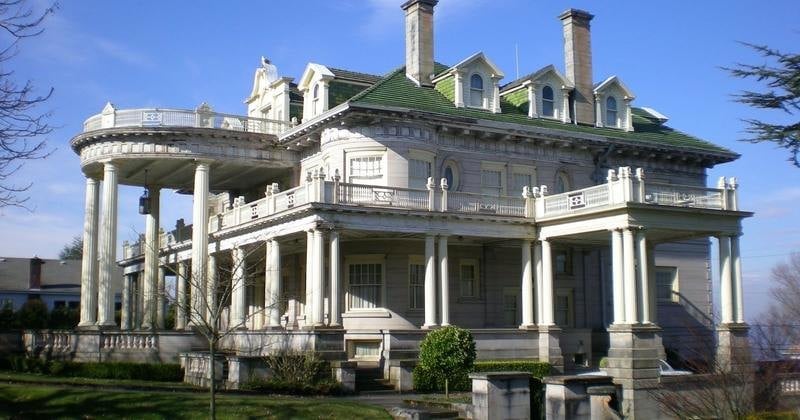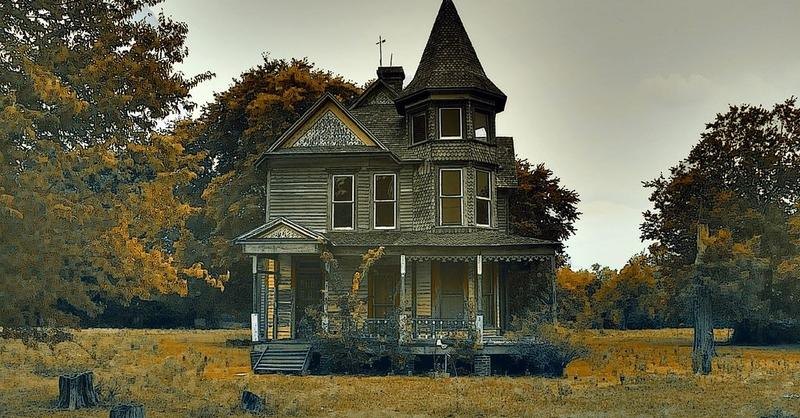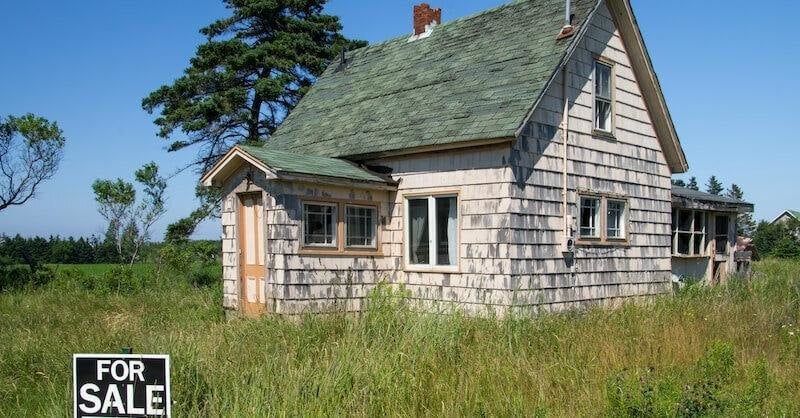For seniors looking to purchase abandoned properties, renovations are inevitable. However, managing the cost and ensuring the home meets accessibility needs can be challenging. This guide offers practical renovation tips for seniors, from budgeting to creating an accessible living space.

1. Renovation Costs: Budgeting for Major Repairs
Renovating an abandoned home often involves significant costs. For seniors on a fixed income, it’s important to carefully plan for both expected and unexpected expenses.
-
Structural Repairs: Common issues in abandoned homes include foundation damage, roof leaks, and electrical or plumbing failures. These repairs can range from $10,000 for minor issues to over $50,000 for major structural work.
-
Cosmetic Upgrades: Painting, flooring, and basic kitchen or bathroom remodels can vary widely in price, typically ranging from $5,000 to $25,000 depending on the scope of work and materials chosen.
-
Unexpected Costs: Many renovation projects encounter unforeseen issues, such as hidden mold, asbestos, or outdated wiring. It's wise to set aside 10-20% of the renovation budget for these contingencies.
Solution:
-
Obtain Multiple Estimates: Before committing to a purchase, get quotes from several contractors to understand the full scope of the renovation costs.
-
Renovation Loans: Seniors can explore renovation loans, such as the FHA 203(k) loan, which combines the mortgage and renovation costs into one loan, making it easier to finance the entire project.
2. Creating an Accessible Living Space for Seniors
For seniors, making a home accessible is critical for long-term comfort and safety. Abandoned homes, particularly older ones, are unlikely to have accessibility features in place, so renovations must address these needs.
-
Install Ramps and Grab Bars: For seniors with mobility issues, ramps at entrances and grab bars in bathrooms can make a significant difference. These installations are typically low-cost, with grab bars starting at $100 and ramps averaging between $1,000 and $3,000 depending on materials and design.
-
Widen Doorways: Narrow doorways are common in older homes and can be difficult for wheelchairs or walkers to navigate. Widening doorways typically costs between $500 and $1,000 per doorway.
-
Bathroom Modifications: Converting a traditional bathtub to a walk-in shower or installing a raised toilet can make a bathroom safer and easier to use. These renovations can range from $3,000 to $10,000 depending on the scope.
Solution:
-
Prioritize Safety: Focus on essential safety features like ramps, grab bars, and non-slip flooring first. These are relatively low-cost and provide immediate improvements to accessibility.
-
Seek Grants and Assistance: There are programs available that provide financial aid for seniors needing accessibility modifications, such as the U.S. Department of Housing and Urban Development’s (HUD) grants or Medicaid’s home modification assistance programs.
3. Finding the Right Contractor: Tips for Seniors
Choosing a trustworthy contractor is crucial when renovating an abandoned home. Seniors need to be especially cautious of potential scams or contractors who overcharge.
-
Look for Licensed and Insured Contractors: Make sure any contractor you hire is licensed and insured in your state. This protects you in case of accidents or if the work doesn’t meet building codes.
-
Get Detailed Quotes: Request itemized quotes that break down the costs for labor, materials, and any other fees. This transparency can help avoid unexpected price hikes midway through the project.
-
Check References: Ask for references from past clients, especially those who have completed similar renovation projects. This helps ensure the contractor has experience with the type of work you need.
Solution:
-
Use Reputable Sources: Search for contractors through trusted platforms such as HomeAdvisor or Angie’s List, where reviews and ratings are verified.
-
Ask for Multiple Bids: Getting quotes from at least three contractors ensures you're getting a fair price and can compare their experience and approach.
4. Balancing Functionality and Aesthetics in Renovations
While it’s important to create a functional and accessible home, aesthetics also play a role in making the space feel comfortable and enjoyable. Seniors should balance essential renovations with upgrades that improve the look and feel of the home.
-
Energy Efficiency Upgrades: Installing energy-efficient windows, doors, or insulation not only improves comfort but also reduces utility costs in the long run. This can be an excellent investment for seniors on a fixed income.
-
Kitchen and Bathroom Upgrades: These areas often add the most value to a home. Even minor upgrades, like new countertops or energy-efficient appliances, can make daily living more comfortable while boosting the home's resale value.
-
Lighting Improvements: Adding bright, energy-efficient lighting, especially in hallways and bathrooms, can improve both the look of the home and safety for seniors, reducing the risk of falls.
Solution:
-
Focus on High-Impact Areas: Prioritize renovations that improve daily living and safety, such as the kitchen, bathroom, and lighting. These upgrades enhance both functionality and aesthetics.
-
Use Durable, Low-Maintenance Materials: When renovating, choose materials that are easy to maintain, such as vinyl flooring or quartz countertops, which can reduce the need for frequent repairs or upkeep.
5. Staying on Budget: Avoiding Common Renovation Pitfalls
Renovations can quickly go over budget, especially with abandoned homes that might have hidden issues. Seniors need to stay vigilant to avoid financial strain.
-
Scope Creep: This happens when additional renovations are added during the project, leading to increased costs and delays. While it's tempting to make additional upgrades, it’s important to stick to the original plan unless absolutely necessary.
-
Payment Terms: Avoid paying contractors the full amount upfront. Instead, negotiate a payment schedule based on project milestones. This ensures that work is progressing as planned before full payment is made.
-
Permits and Inspections: Ensure that any required permits are obtained, and schedule inspections at key stages of the renovation to avoid fines or legal issues later.
Solution:
-
Set a Realistic Budget: Create a budget that includes not only the cost of the renovations but also a 10-20% buffer for unexpected expenses. Avoid overspending on non-essential upgrades until the primary renovations are complete.
-
Keep Communication Open: Maintain regular communication with your contractor and ask for updates on progress and costs. This helps avoid misunderstandings and keeps the project on track.
Renovating an abandoned home presents both challenges and opportunities for seniors. With careful budgeting, prioritizing accessibility, and working with reliable contractors, seniors can transform these properties into safe, comfortable, and beautiful homes. By focusing on both functionality and aesthetics, seniors can create a living space that meets their long-term needs while staying within their financial limits.




